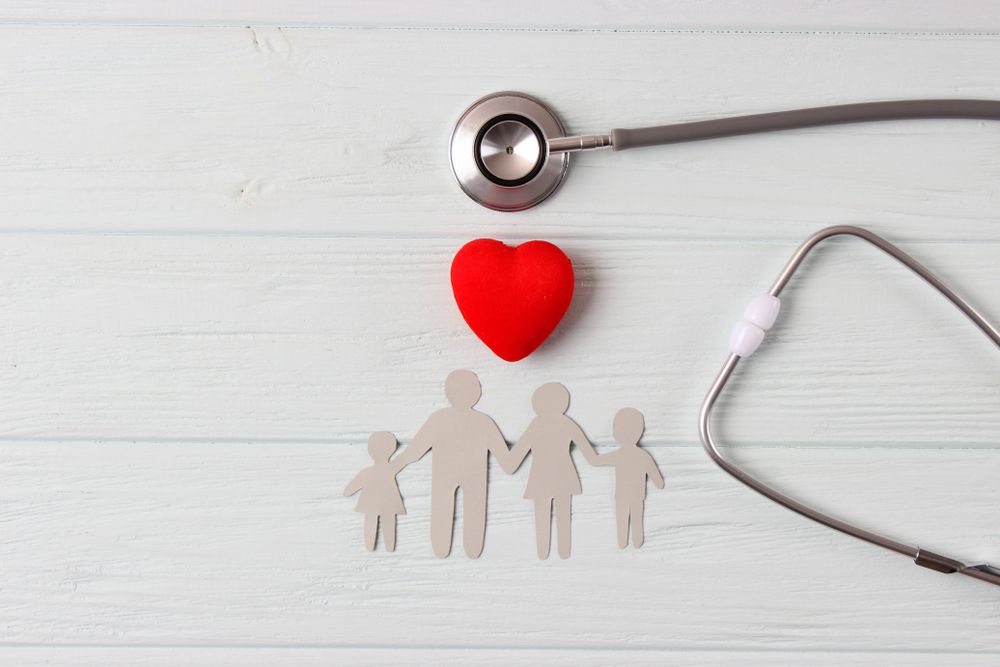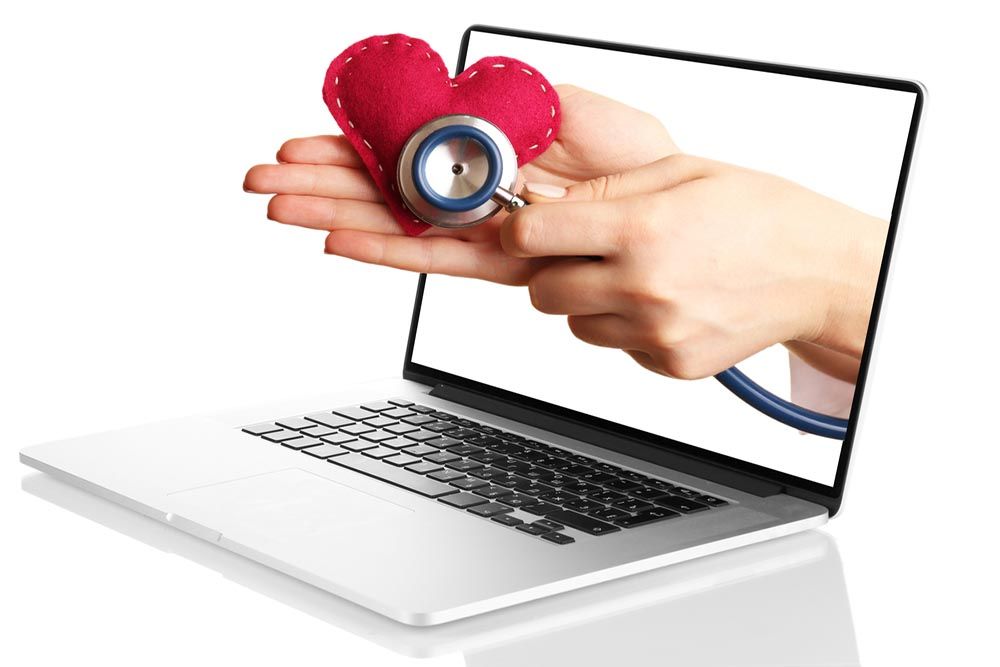Telehealth and telemedicine are both practices that use technology and the internet to bring health care resources to patients living far from their doctors. (Learn More)
The technical scope of their goals is different. Telehealth is mainly used to communicate information, while telemedicine’s primary aim is for doctors to work directly with patients, often using a smartphone app. (Learn More)
Notwithstanding the differences, the goal of telehealth and telemedicine is to ensure that no matter where they live, patients get quality and immediate care. (Learn More)
Telehealth and Telemedicine
The Federal Communications Commission clarifies that the terms telemedicine and telehealth are frequently used interchangeably, even though they have very specific contextual distinctions. They also have large areas of overlap, which can lead to confusion.
What unites these terms is their application in broadband-enabled health care interactions. That is their starting point. The further one goes into the respective definitions, the more the differences emerge.
Telemedicine refers to using telecommunication technologies to facilitate the delivery of any service to do with medicine, diagnostics, treatment, and other overtures that are usually the mandate of doctors. This can cover diagnostic tests, following up on a patient after surgery or therapy, and creating access to specialists who are located far away from the patient.
Telehealth contains some elements of telemedicine, but it covers a wider range of remote health care services beyond just those of doctor-patient interactions. While telemedicine is primarily the purview of doctors, telehealth services cover those offered by nurses, social workers, and pharmacists — medical professionals who can offer education, support, and medication adherence for patients and troubleshoot health issues for caregivers.
In more detail, telehealth is the use of information technology, as well as digital information, to provide health support services over a long distance. These services can be clinical or nonclinical, so they can cover a lot of interactions, including but not limited to:
- Virtual health care.
- Health administration.
- Patient and professional education on health.
- Public health.
Communication and Diagnosis
Broadly speaking, telehealth is divided into two forms of communication: real time and store-and-forward, which is when information is sent to a temporary destination, where it is stored and then transmitted (at a later time) to the final destination or another temporary stop. Advances in technology have allowed for remote communication technologies to offer patients and doctors everything from streaming media to video conferencing, with low-cost and user-friendly interfaces.
An example of all this coming together is a patient portal on a website, where a doctor uses an electronic health record to distribute medical information to a large number of patients who live in many different, and perhaps disparate, areas.
Then there is telemedicine, which mainly refers to the actual diagnosis and treatment of patients with the use of remote software and a compatible device, like an app on a smartphone or a program on a computer. Both telemedicine and telehealth refer to providing health care to patients without an in-person visit from a doctor or other appropriate medical professional.
Chronic Conditions and Remote Access
In its standard use, telemedicine is used for the management of chronic conditions, performing follow-up visits, specialist referrals and consultations, management of medication, and other clinical services that can be adapted to a digital medium — namely, reliable and private audio and video connections.
Telehealth is vitally important in underprivileged areas, where there is unreliable communications and health care infrastructure. The World Health Organization clarifies that telehealth services offer a full range of support management, reading material, surveillance, and access to medical knowledge. These interventions can be lifesavers for people and populations who might not otherwise have access to a doctor.
Telemedicine, on the other hand, is only used for the diagnosis and treatment of patients.
Scope and Goals
Another way to understand the differences between the two is to consider the scope of operation. One of telehealth’s goals is to improve the delivery of the entire health care system, in addition to providing services and technologies for patient care. In this way, telehealth should be used when referring to a larger, more general scope of virtual health services. Telemedicine can incorporate these features, but it is more accurate and effective when referring to a narrower and more precise range of options.
In other words, telemedicine specifically entails providing clinical services to patients who live a considerable distance from their doctor. Telehealth deals with both clinical services and nonclinical health services, which can cover training, administrative meetings, and medical education for patients, caregivers, and others.
The final key difference between telehealth and telemedicine is in terms of the application. With telehealth, the monitoring and communication services give patients a lot of autonomy to take an active lead in tracking their own treatments and managing their conditions with the supervision of their doctors. In terms of application, telemedicine’s technologies give doctors the ability to distribute their services on a much farther and wider scale than they could if their services were limited to clinic hours and location.
Monitoring Vital Signs
Because it covers health information, health education, and general health care services, telehealth is a very all-encompassing term, which is why it is often confused with telemedicine. A specific example of telehealth services is a health care professional remotely monitoring a patient’s vital signs from many miles away, perhaps even when the patient is in a different state or geographic region. This means that if there is any fluctuation in the medical condition of the patient, a notification is sent in real time to the phone of the doctor, nurse, or other case worker who is responsible for the patient. The provider can then alter the medications or the specific therapy, communicate with the patient, or alert the designated caregiver or emergency services as needed.
Another application of telemedicine is the transmission of medical imaging, which can be as simple as using a smartphone’s native camera app to take a picture and send it to a doctor, or it can involve the use of more complicated applications and devices for more complex and specific information.
Video consultations with doctors and specialists are other examples of telemedicine at work.
Differences and Similarities
There are important differences between telehealth and telemedicine, but most doctors and health care organizations are keen on ensuring that patient health and physician access are the main takeaways, not which term describes which service.
The World Health Organization, for example, acknowledges that although delineating the boundaries of telehealth and telemedicine is necessary for clarity, there are many contexts in which “telemedicine and telehealth are synonymous and used interchangeably.”
Similarly, even the American Telemedicine Association goes back and forth between the two, comparing it to how the public does the same thing with words like health and medicine. This because telemedicine is not a separate medical specialty, says ATA; the resources used in telemedicine are part of an overall investment by hospitals, clinics, and health care institutions to offer a better delivery of clinical care to a wider body of patients. Even insurance companies tend not to make a distinction between health care services offered in a licensed facility and those provided via telemedicine.
What unites telemedicine and telehealth is the concept of remote health care, whether that entails video conferencing, sending still images, portals for tracking medications or delivering educational material, monitoring vital signs, and allowing patients and caregivers to check in and ask questions. For this reason, ATA does not stress the differences between the two practices.
The Ultimate Goal
One area where the blurred lines between telehealth and telemedicine causes confusion is in public policy, especially as it pertains to different states’ respective understandings of the services offered.
In California, for example, telehealth is only understood to be patient-centered care, while the federal Health Resources and Services Administration adopts the more widely held definition of telehealth going into classrooms and offices as part of its goal of providing health-related education. The Center for Connected Health Policy acknowledges that the different uses of the telehealth and telemedicine terminologies can look very different in one geographical area than another, which has significant implications for insurers, doctors looking to broaden the reach of their services, and patients looking to connect with specialists who live and work far away from them.
As important as it is to understand where telehealth ends and where telemedicine begins, the ultimate goal of both systems is to bring greater access to quality, equitable, and cost-effective health care to patients, especially when there are other mitigating factors present.
As the American Academy of Family Physicians explains, “all telemedicine is telehealth, but not all telehealth is telemedicine.” Both, however, are focused on bringing a greater variety and quality of care to patients.
References
Telehealth, Telemedicine and Telecare: What’s What? Federal Communications Commission.
Telehealth Terminology: ‘Store-and-Forward’ Has Its Fans – and Critics. (July 2016). mHealth Intelligence.
Telehealth. World Health Organization.
Medical Tele-imaging: A Good Chance for the Future. (1999). Bulletin de l’Académie nationale de médecine.
Is There a Difference between Telemedicine and Telehealth? mHealth Intelligence.
Telehealth Basics.” American Telemedicine Association.
CCHP’s State Telehealth Report Shows Gradual Advances in Coverage. (November 2017). mHealth Intelligence.
What’s The Difference Between Telemedicine And Telehealth? American Academy of Family Physicians.

















